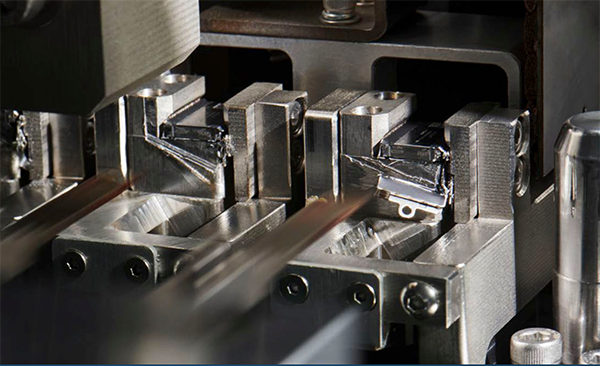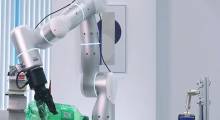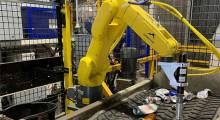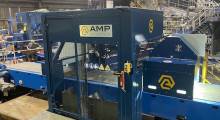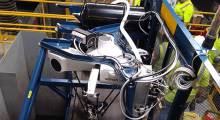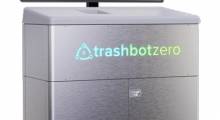Researchers at Carnegie Mellon University are working with Apple Inc. to develop new ways to disassemble old technology. Their latest partnership builds on Apple's existing innovations, including recycling robots Daisy and Dave.
Apple sought to support research initiatives that reimagine the disassembly of electronic devices and the recovery of valuable or hazardous materials. The company chose to work with CMU's Biorobotics Lab, part of the Robotics Institute.
CMU lab develops new disassembly methods
Matt Travers and Howie Choset, co-directors of the lab at Carnegie Mellon, and their team are designing machine learning models that will enable robots to teach themselves how to disassemble a device they have never seen before.

“We're building robots, and we're building AI so that the machine can see any piece of electronics and figure out how to take it apart,” said Travers.
To do this, the CMU researchers developed a robot that scanned a phone with a laser to create a 3D model.
The team then simulated cracks, cases or missing batteries to train the model to recognize the different conditions a device might be in when it arrives at a recycling center.
Apple mentioned the work in its latest “Environmental Progress Report.” The company said a model typically requires a large amount of data, such as images of a device, to recognize the object and disassemble it.
“Unfortunately, this data is not readily available,” Apple wrote. “This research applies to the concept of domain randomization, by synthetically creating the data real images would provide, to grant robots the ability to recognize a broad, varied stream of [electronic waste] for recycling at scale.”
Apple said the newly developed software will be open-sourced and available for use in other recycling applications. The work is part of Apple's goal to make its products and packaging using only recycled or renewable materials.
Apple's Daisy robot disassembles iPhones so recyclers can recover more material inside. Dave, Apple's newest recycling robot, disassembles the Taptic Engine from iPhone to enable the recovery of key materials such as rare-earth magnets, tungsten, and steel.
Robots address growing e-waste problem
Electronic waste, or e-waste, is any discarded product with a battery or plug. A record 53.6 million metric tons of e-waste was generated worldwide in 2019, according to the United Nation's “Global E-waste Monitor” for 2020. That is a 21% increase over the past five years. The report estimated that by 2030, global e-waste will have doubled from where it was 16 years ago.
The report also found that only 17.4% of e-waste was recycled in 2019, meaning valuable and recoverable materials like gold, silver, copper and platinum — $57 billion worth by conservative estimates — were discarded.
“There's actually a lot of value in trash,” Travers said. “It's an area that's pretty ripe for artificial intelligence and machine learning because there are gobs and gobs of data coming in.”
Article topics
Email Sign Up

